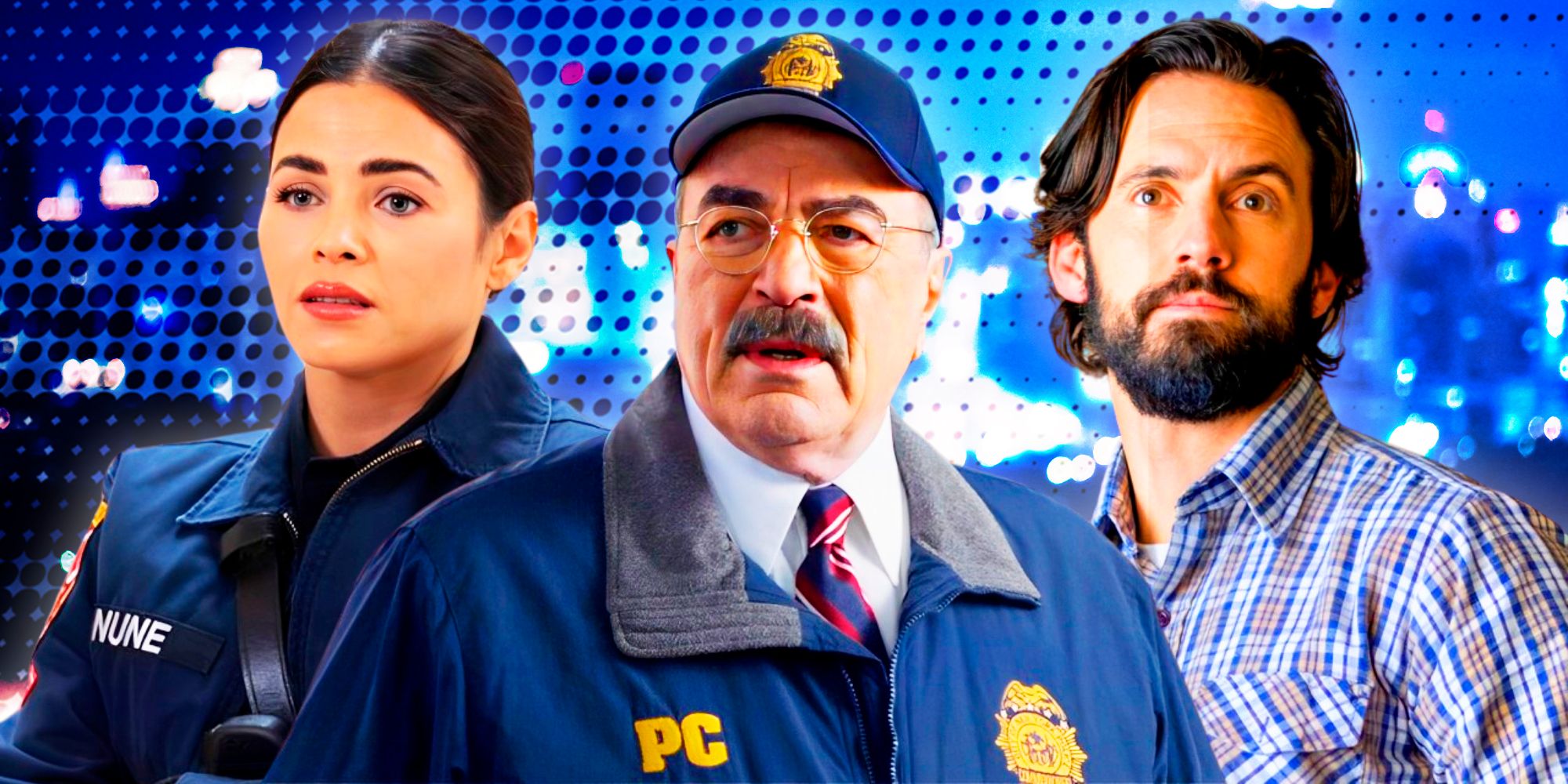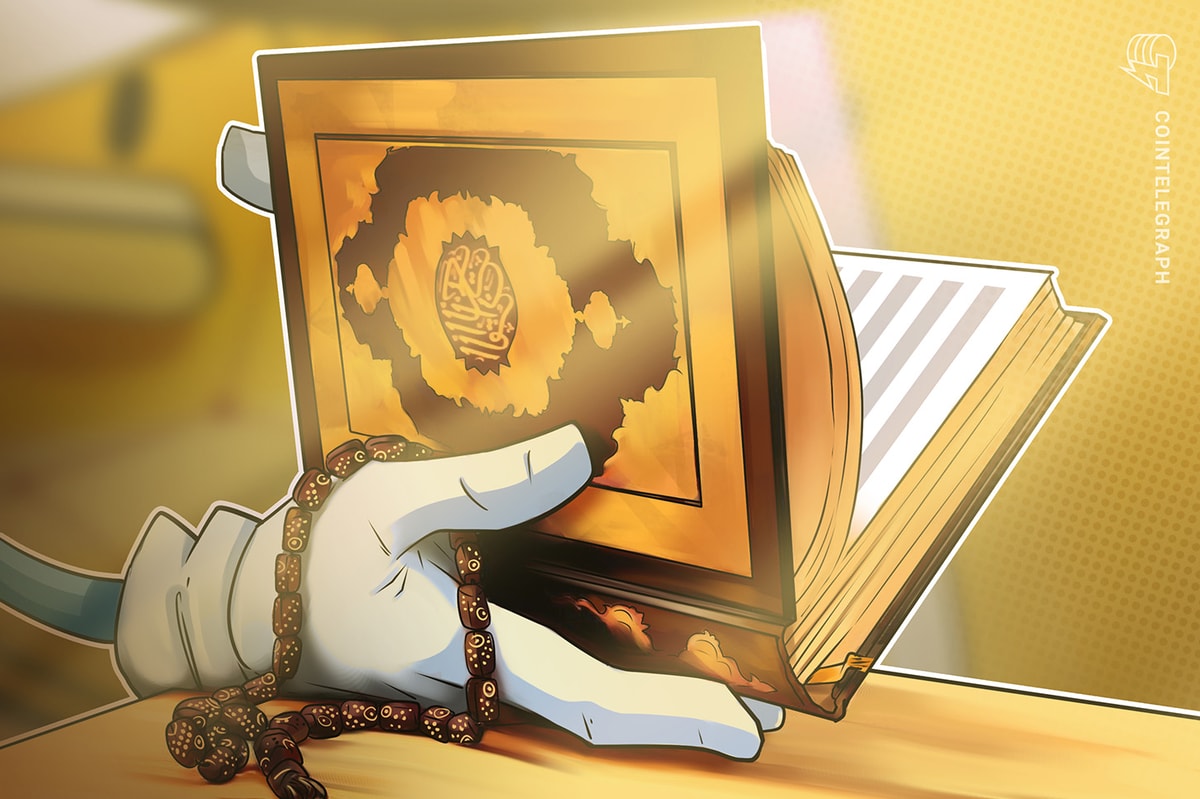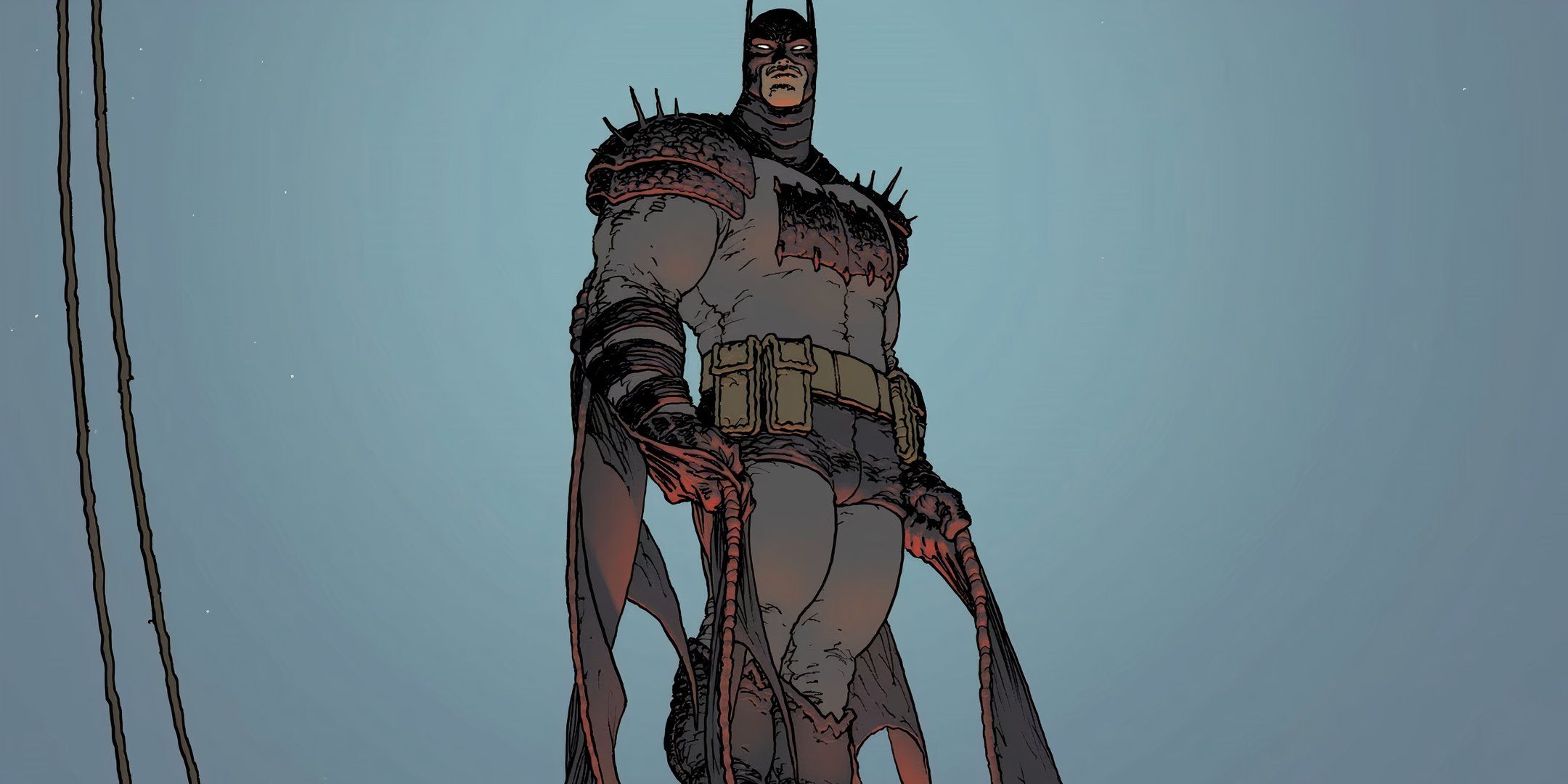Bob Dylan’s iconic performance at the 1965 Newport Folk Festival brings James Mangold’s “A Complete Unknown” to its culmination, with Timothée Chalamet singing and not lip-synching Dylan’s songs. Behind the camera, it was one of the film’s toughest scenes.
“Jim wanted everything done on this film as if it were a live show,” production sound mixer Tod A. Maitland says, explaining that the director filmed the scene as a set with 23-minute takes and roughly 200 extras. Production designer François Audouy and his team created the venue on location in New Jersey, where cinematographer Phedon Papamichael lensed the scene with multiple cameras.
“I had microphones everywhere,” Maitland says. This included “the MC [and] audience. Everybody was wired on stage. And the practical microphones were all period.”
To create an immersive sense of being there live, the crowd (which was expanded to a size of roughly 1,500 with visual effects and sound) was a key component. “They allowed the crowd to react however they wanted to [during filming]. We were able to feed off that live energy when putting the scenes together,” says Andrew Buckland, who edited the movie with Scott Morris.
The film is based on Elijah Wald’s 2015 book “Dylan Goes Electric! Newport, Seeger, Dylan, and the Night That Split the Sixties,” which examines the impact of the artist’s use of electric instruments. From a story standpoint, it follows Dylan’s performance, as well as what is taking place around him. Buckland explains that this meant they had to service “side-stage dramas,” while also “maintaining that Bob is still a presence and still continuing to play within the chaos and the mayhem that he’s basically creating. So the challenge was not trying to not lose Bob when we went away from him, always trying to attach him to whatever drama was going on offstage.
“The added complexity was they shot different versions of the songs,” he continues. “They gave choices in terms of lengths of songs, how many verses, how many chords.”
Rerecording mixer Paul Massey (armed with his background in recording and mixing live tours with bands such as Yes and Supertramp), describes the sonic arc of the sequence with three songs (including Dylan’s “Like a Rolling Stone”) performed in electric mode with the band and before Dylan goes back to acoustic. “We wanted each one of the those songs to build so that it was never starting to deflate for the audience, even though the audience around him at the folk festival wasn’t always appreciating what he was doing.”
That included, he explains, “building up the low end of the band progressively, more and more, through the use of Subsynth and such, and increasing use of subwoofer. I used different delays on the vocals and on the drums. … It gave the sort of rebellious nature of what he was trying to convey to the audience.”
As an example of combining the music with the off-stage events, Massey describes mixing the se- quence during which a fight erupts at the soundboard. “That really lent into crazy delays in the PA at that point, and defocusing Timmy and trying to go with the anger that was going on in front of us from the venue, from the soundboard perspective, and then cutting back into the stage and drying everything up and making it very immediate. It was a lot of fun to mix.”
Supervising sound editor Don Sylvester says in that scene and throughout the film, the crowds and other external forces were vital. “[Dylan] was like a prophet that gave [fans] guidance, and they would always be appreciative of his insights,” he says. “The audience in the concerts was a character in the film, a very important character. We hear them talk, we hear them cheer. We hear their feelings and emotions. And when they turn on him in Newport 65 it literally changes his life. And we see that, and we hear that.”









 English (US) ·
English (US) ·